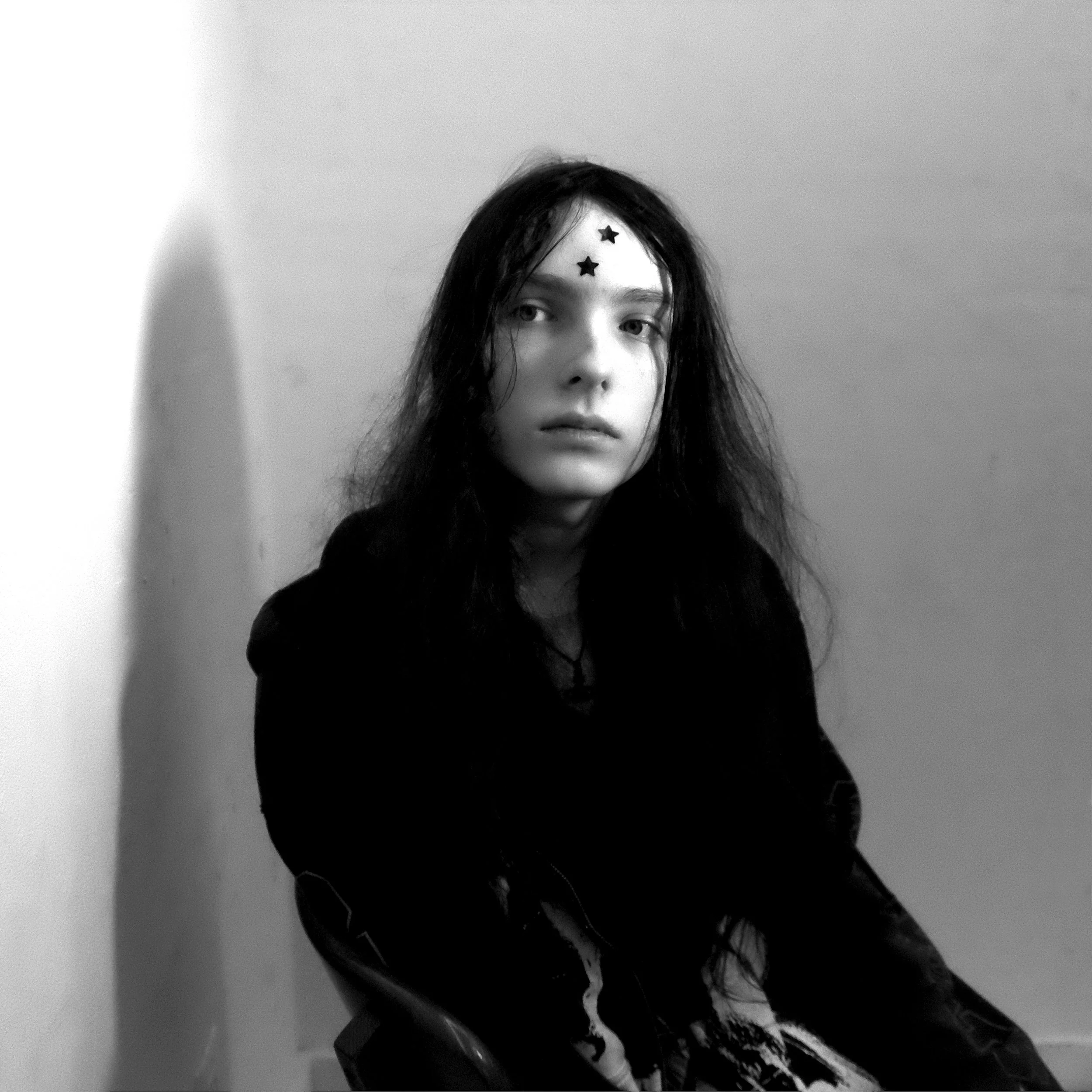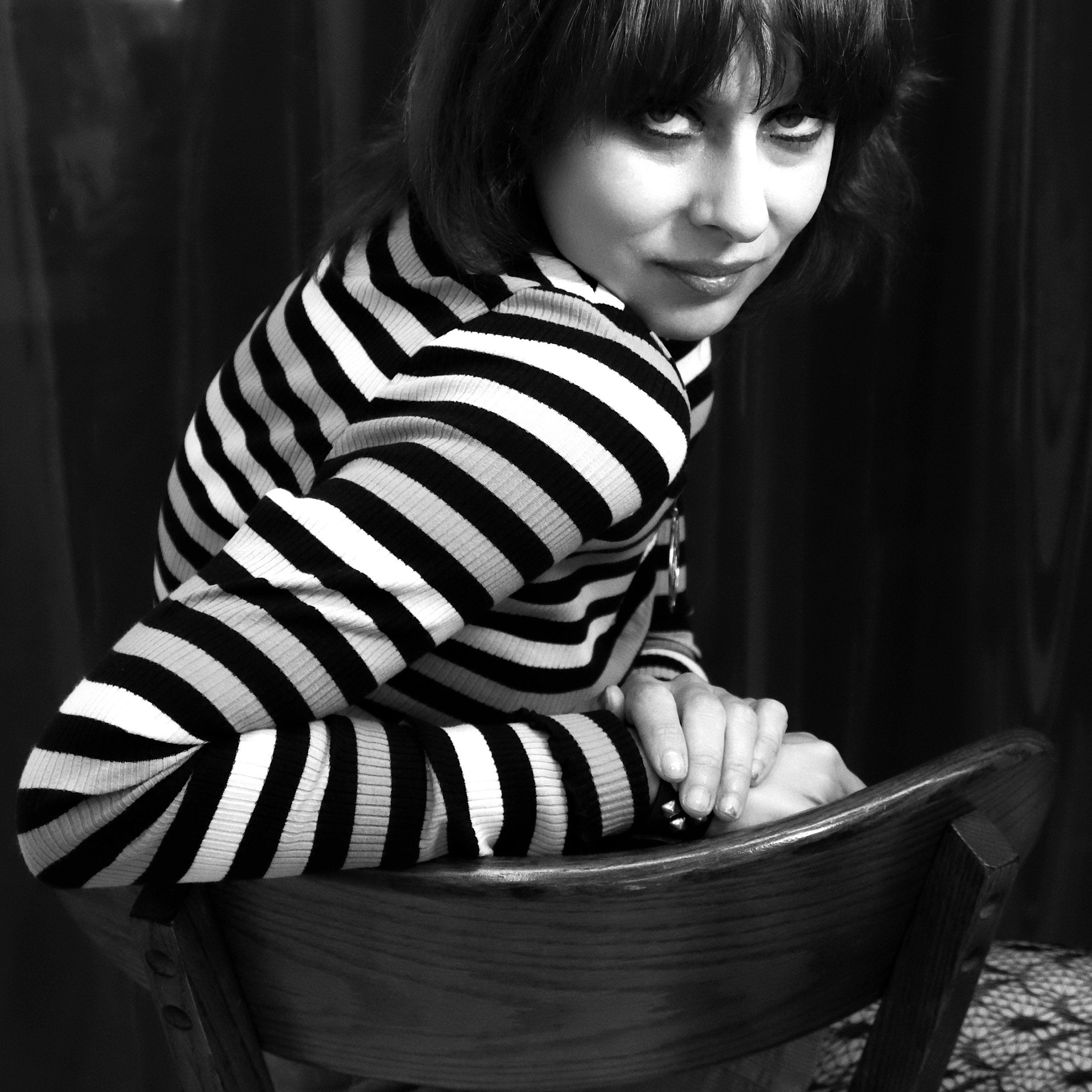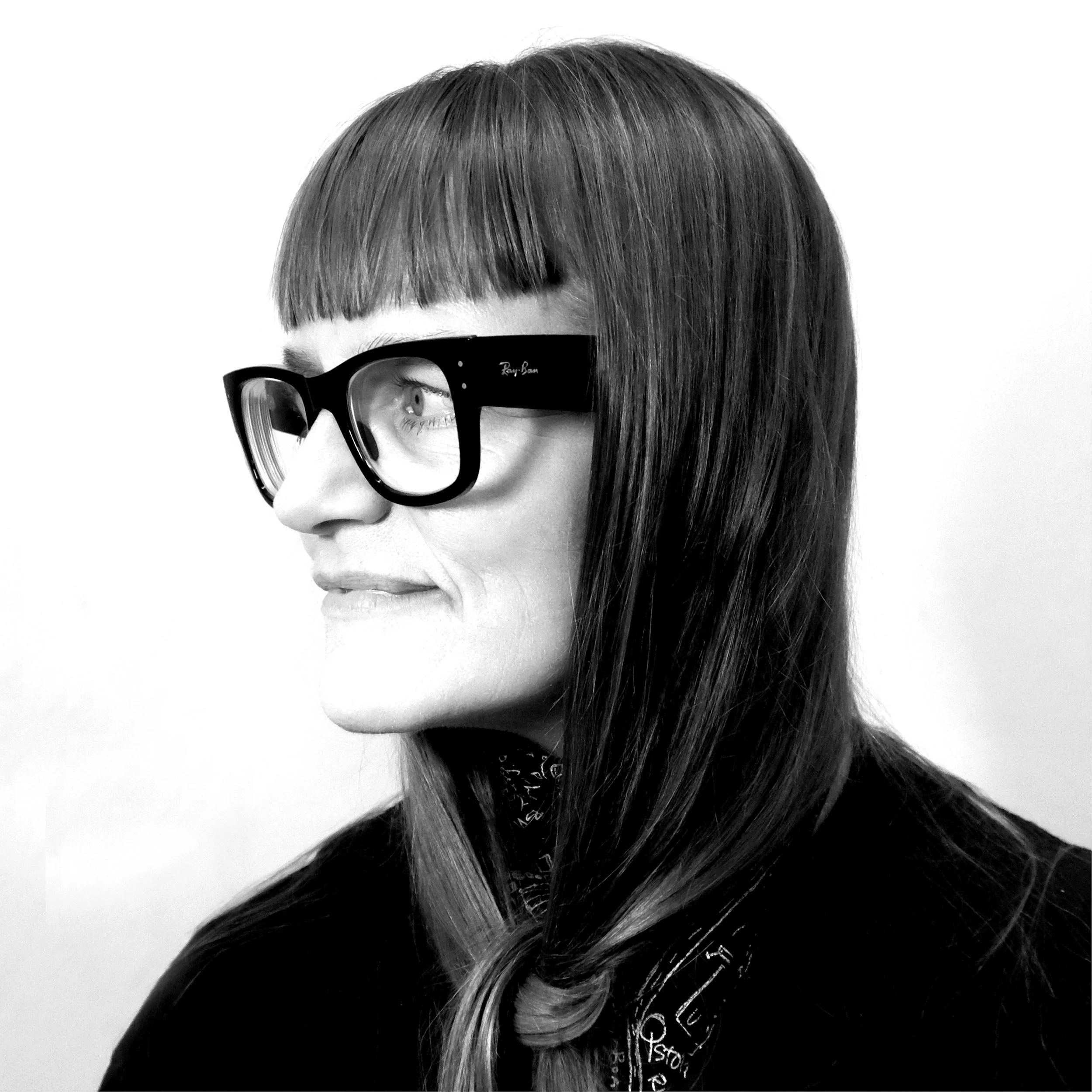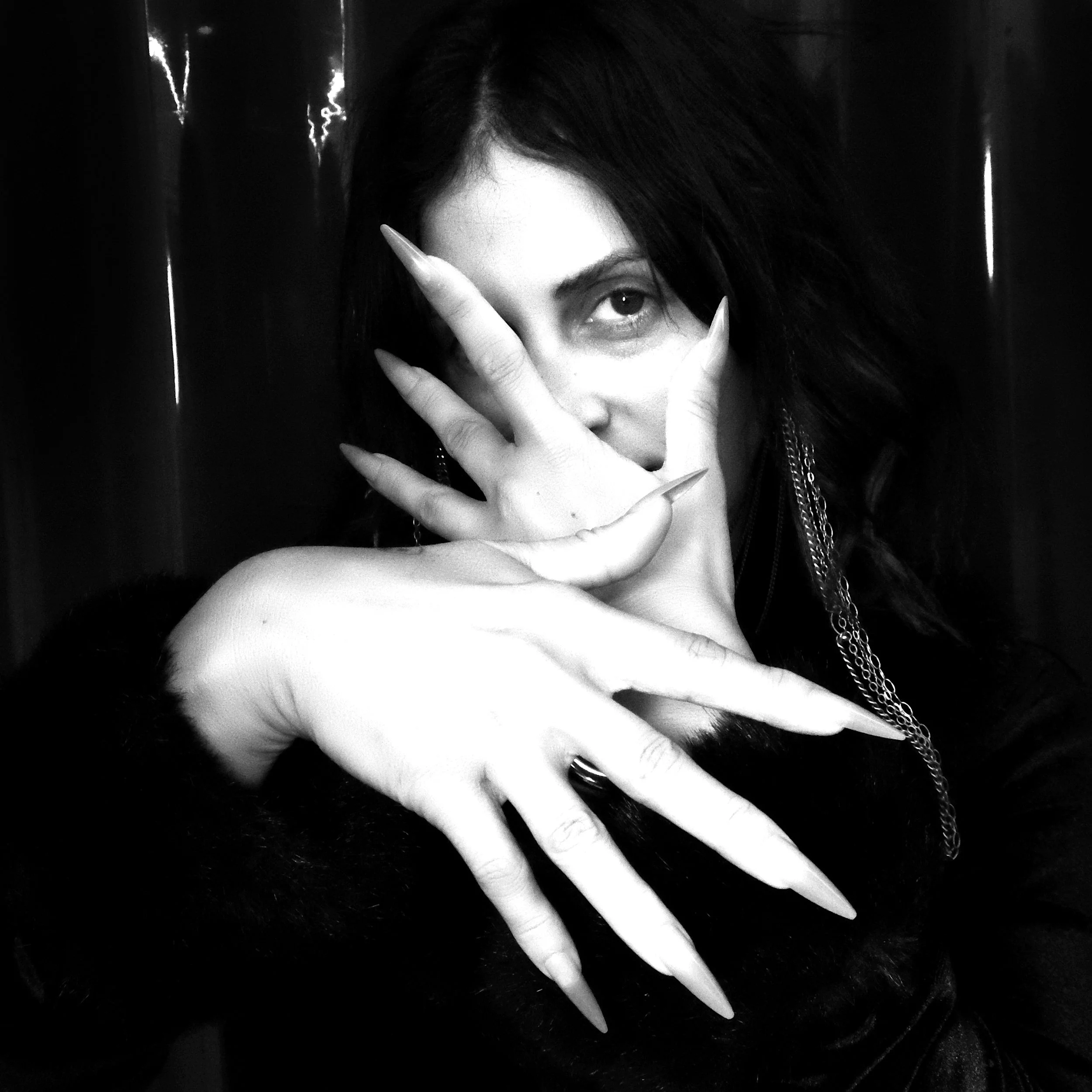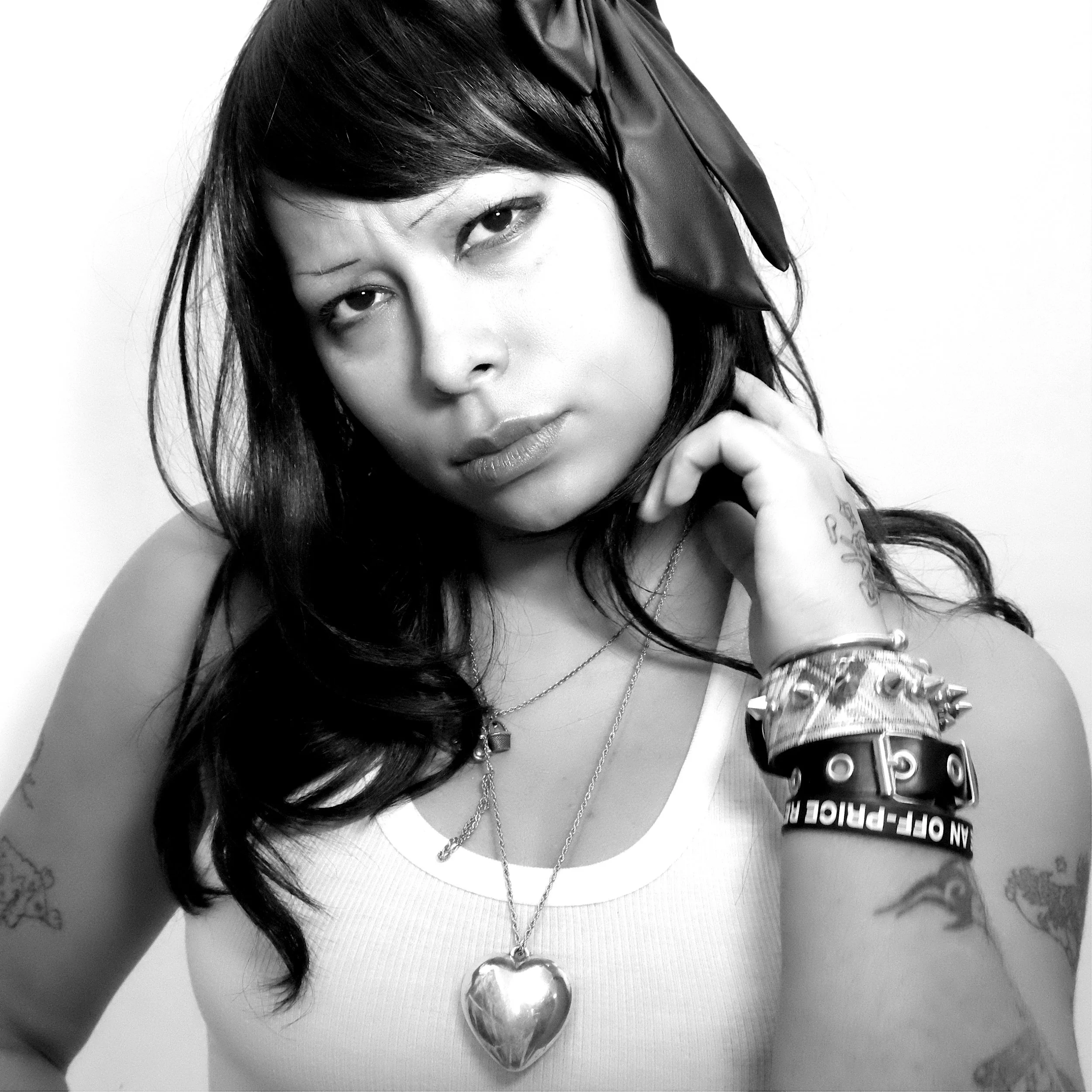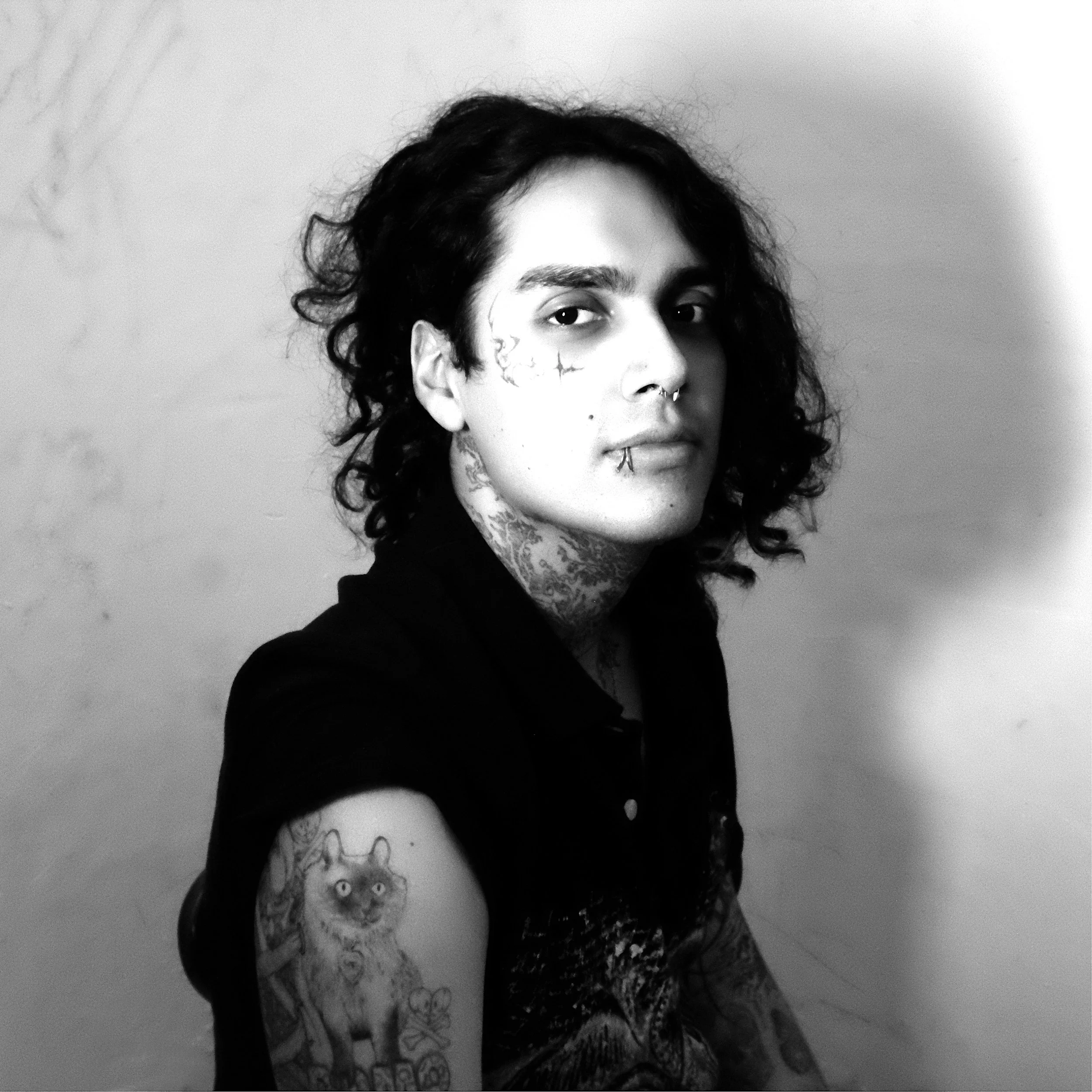FROM THE BEGINNING, those of us working on the 309 Punk Project have been described as everything from ambitious to delusional. Considering that we saved a century-old building, a punk house since the early 1990s, and turned it into a nonprofit to promote the arts and protect our histories friends and critics, you were right. Both words seem to fit.
So what is 309? To answer that question, we need to look at the history. When word spread that the iconic and arguably the oldest punk house in the South was about to be sold and possibly torn down, many people in Pensacolaís punk scene rallied to save the house.
Over the decades, hundreds of people have stayed at 309, some for many years. The loss of this punk landmark would have been devastating. Almost instantly, people started to throw around ideas to save the house. The original idea was to turn 309 into a punk museum, a thought that quickly faded and turned into what we have now: a functioning punk archive and a home to an artist-in-residence program.
While our goals are broad and ambitious, our general mission has stayed the same: protect our history while giving others a voice to continue telling our story. Whether it be punk or DIY or any of a host of terms encompassing what weíre doing, our story is that of our community.
Enter Julia Gorton, who originally came into our lives first as a visiting artist at the University of West Florida, and later as one of our earliest Artists-in-Residence at 309.
From her first moments in Pensacola, she set up her studio and started taking photos of anyone and everyone who wasnít afraid to walk through the door. We instantly fell in love with her and her ability to capture something really special in our multigenerational scene. What Iíve said often about her work was that she has the ability to make everyone look cool, and I donít mean that glibly. For all of us weirdos and queerdos who felt unseen throughout our youth, she ably captures the essence of how we see ourselves in our own mindsówe feel seen and that we matter.
More than anything, we hope the images in this book will help speak for who we are. As Julia said, ìThis is Florida.î Indeed, but specifically, this is Pensacola. This is 309.
SCOTT SATTERWHITE, founder and director
THE FREIGHTS DOWN THE STREET from 309 roll by every day like clockwork. I’d hear them approaching, and run to the porch to watch until they had all passed. When I was a child in Delaware, we’d wait at the railroad crossing when the gate was down, counting the cars as they went. Trains have always symbolized ìgoing somewhereî to me, with the belief that just down the tracks and around the bend, there must be something interesting. I was a commuter for years, and the train took me back and forth, home-work-home, until I realized I wasn’t moving towards anything anymore. So, I quit my job and started this project in earnest.
309 North Sixth Avenue was originally built as housing for rail workers. Much later, when it was a punk house, it became a stop on the journeys of train hoppers, punks, searchers, anarchists, and musicians. It was built to survive hurricanes, transient lodgers, and, eventually, hardcore house concerts. It has been an overnight stop for some, a home and a community for many and now it hosts an Artist in Residence program, where I took these photos.
Before the Interstate Highway System was built in the 1950s, more than 200,000 miles of railroad tracks helped connect us. Today, we struggle to find communityógeographically, socially, and politically. Connections happen when people show up for each other, hang out, and sometimes even pose for a portrait with their friends. JG

